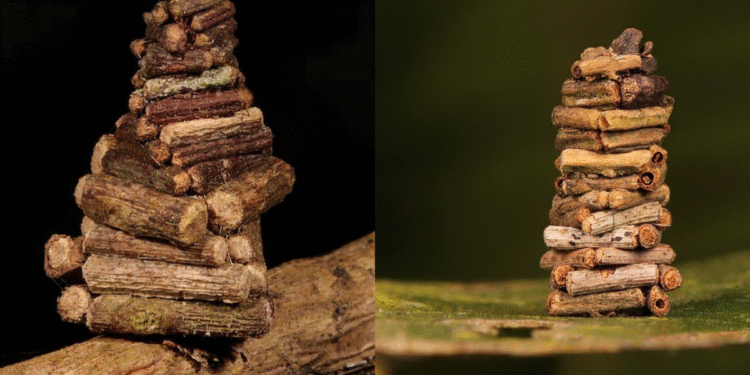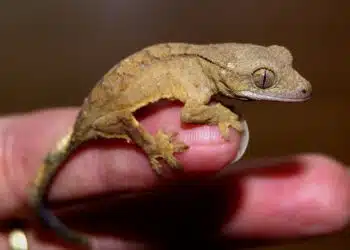Amazing creatures abound in nature. Each has exceptional adaptability and special skills. Cheetahs are speedy, and chameleons alter their colour to blend in. All species exhibit features developed over thousands of years for survival. These adaptations help with communication, protection, or hunting. When taken as a whole, they show the variety and tenacity that make the creatures of our planet so unique.
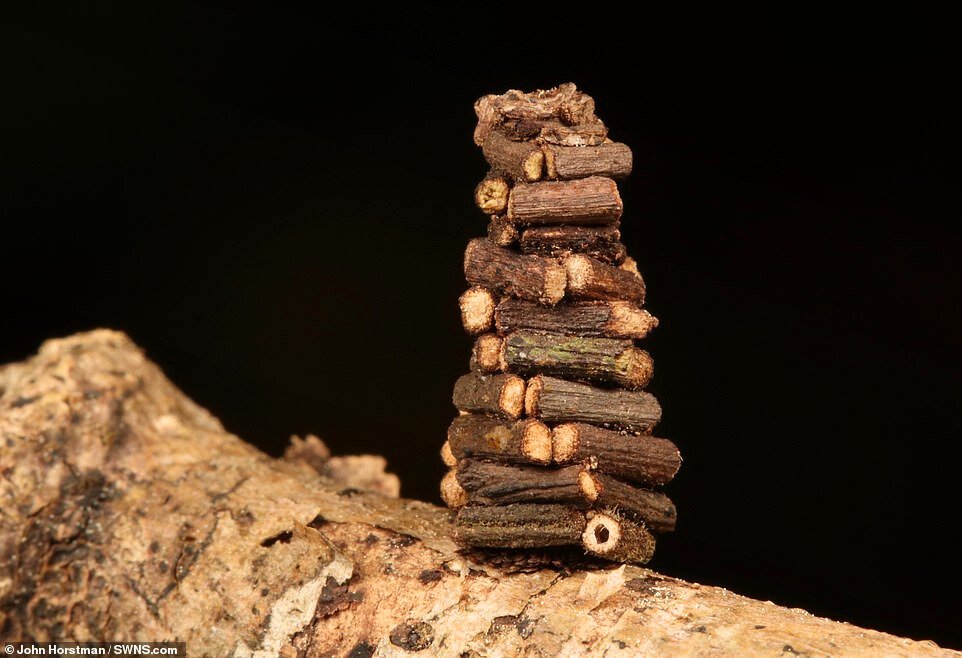
Have you ever seen the caterpillar of a bagworm moth?
This unique bug is a member of the genus Psychidae and family Lepidoptera. It gets its name from the bag it makes from silk and pieces of the host plant’s leaf. These caterpillars utilize a robust girdle made of silk to secure their bags to branches. Creatively hidden by twigs and leaves attached to the outside, the bags hang down. Because of their concealment, it is challenging to identify them among the plants that surround them. The caterpillar stays inside as it feeds and develops, secure and concealed. These bags get bigger with time and become even more integrated into the surroundings. An exciting adaption, this concealment highlights the ingenious ways to survive present in the natural world.
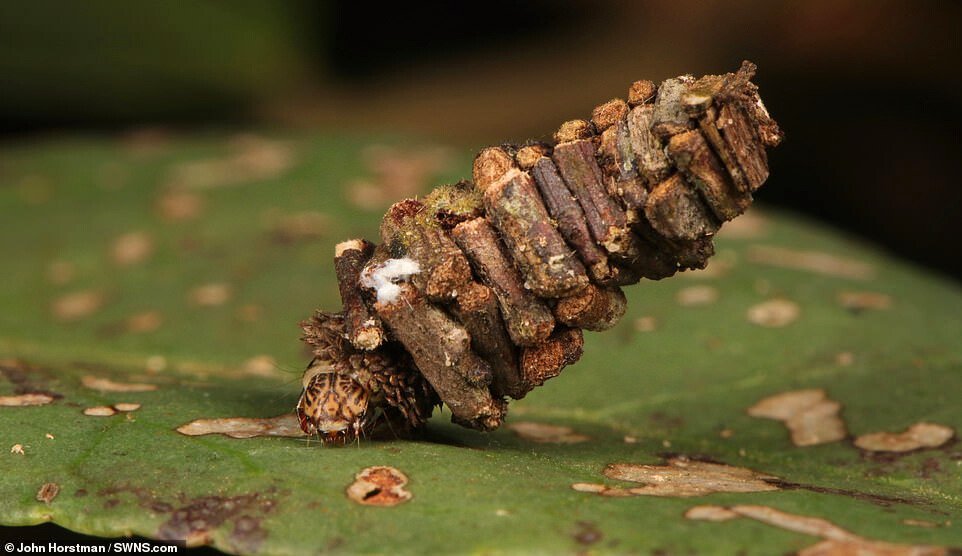
Bagworms | What Are They?
The Psychidae family of micromoths, sometimes called bagworms, includes the dusky sweep (Acanthopsyche atra). As the name suggests, it spends most of its life in a “bag” or case. This bag is created from pieces of plant material, such as lichen, bark, stems, and seeds, much like the case of a caddisfly larva. Together, these parts provide a protective covering for the caterpillar. One of the larger species is the dusky sweep, which may grow up to 20 mm long. It is difficult to identify despite its size. The vast stretches of grass, rush, and heather that run the length of the case provide good camouflage. Because they are small and discrete, adult moths are simple to miss.
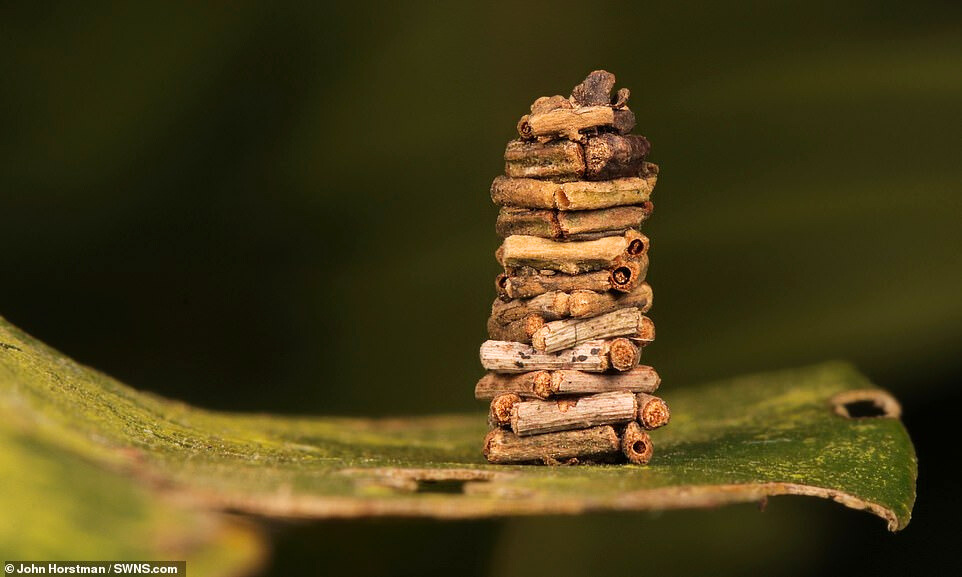
The Life Cycle Of A Bagworm Moth
These hand-made, silk-lined bags are the home of the caterpillars, who pull them along and enlarge them as they develop. They grow within after a feeding season. The case appears identical from the outside, with the exception of one little modification: it stops moving. As it is ready to change, the caterpillar closes itself in. It turns inside the fixed case while remaining hidden and safe, leaving only this modest shelter indicating its presence.
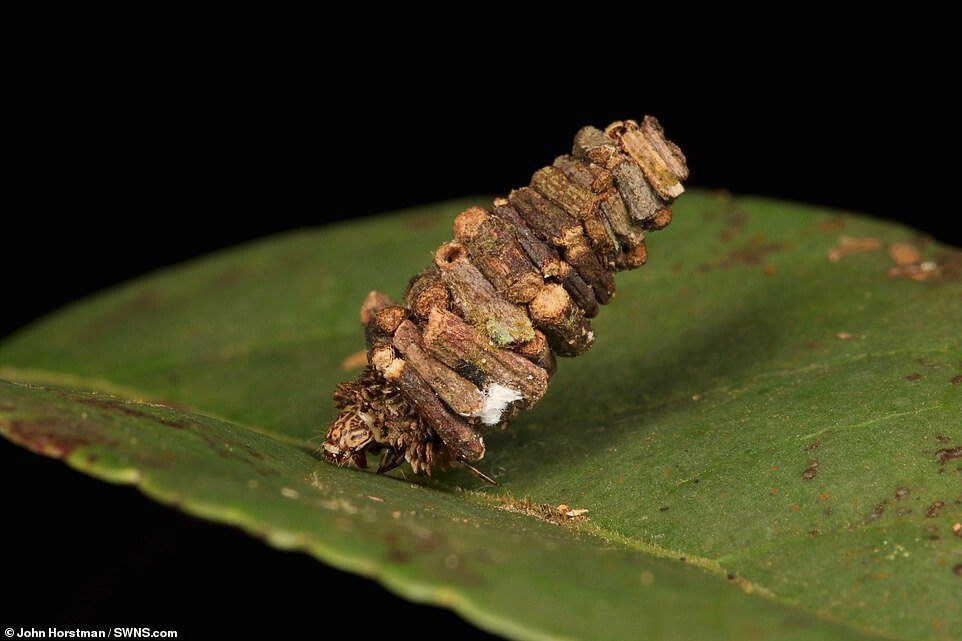
Only the men initially come out when it’s time. A little, fluffy moth with dark grey wings is what you are looking for. The females produce a chemical signal known as a pheromone while remaining in their cases. The flying males are drawn to mate by this signal. With the sack inside, they mate.

The female appears after mating, although she looks nothing like a moth. Instead, she has a maggot-like appearance, with tiny legs and antennae. To imitate a fly or beetle grub, she writhes.
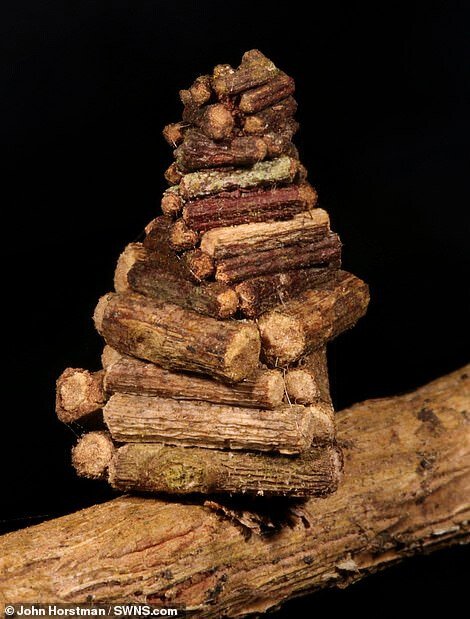
This is an aspect of her strategy. She moves in an attempt to draw birds. She sadly gives her life to spread her eggs. The eggs make it through the bird’s digestive process and are expelled and dispersed widely.
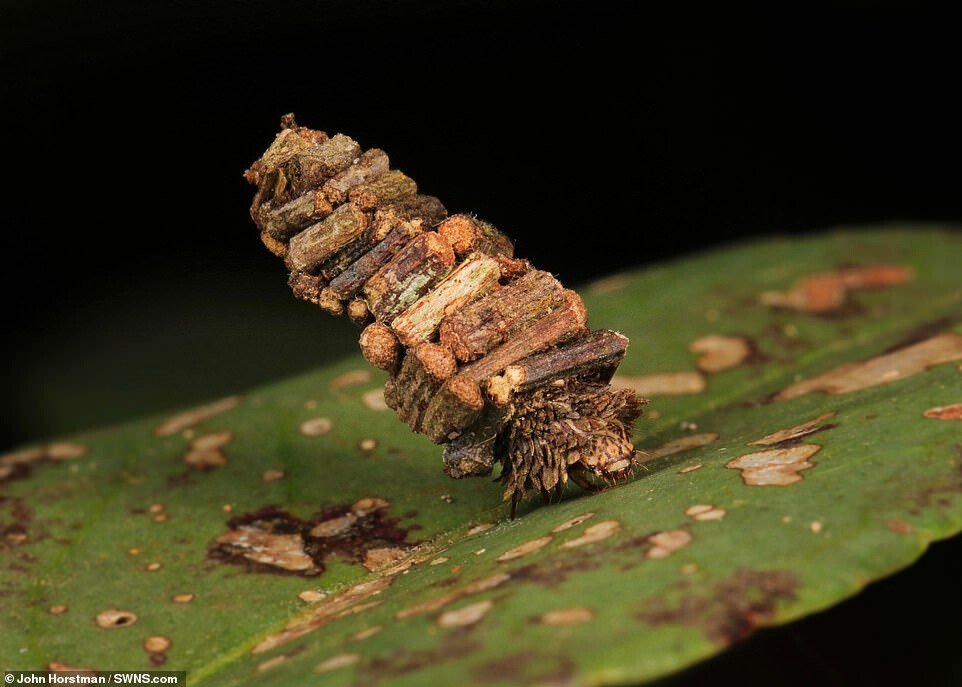
In certain tropical species, bagworm cases can vary from less than 1cm to 15cm. Since each species presents a distinct argument, identifying the species is simpler than recognizing the bug. More specialized species have a range of shapes and sizes, whereas primitive species have flat cases. A strong glue can be used to affix the bag to plants. Female bagworms frequently have tiny wings and legs resembling larvae. Males can fly well, but they can’t live long because they cannot eat.

Wrapping Up
The bagworm moth caterpillar is a fascinating representation of nature’s creativity and adaptability. This caterpillar shows its astute survival abilities by using available resources to construct a protective pouch. It goes through significant changes while remaining safely hidden inside its case. Interesting life cycles and mating behaviours result from these changes. Male and female bagworms are different from one another, highlighting this species’ particular adaptations. These variations highlight the intricate relationships found in nature. The Bagworm Moth Caterpillar teaches us more about moths and reminds us of the fragile balance of life in our ecosystems. Its actions and transforms highlight the beauty of nature.

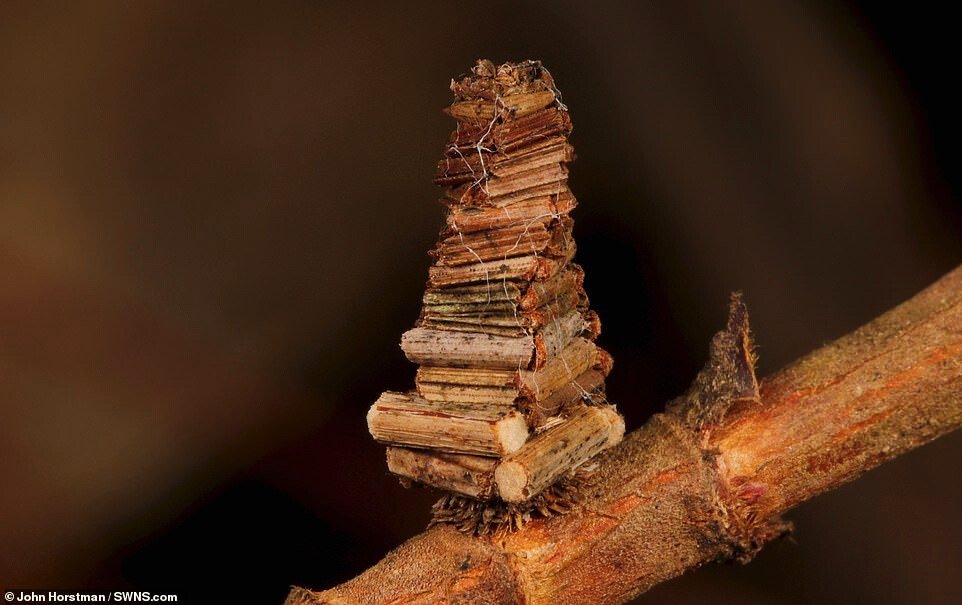
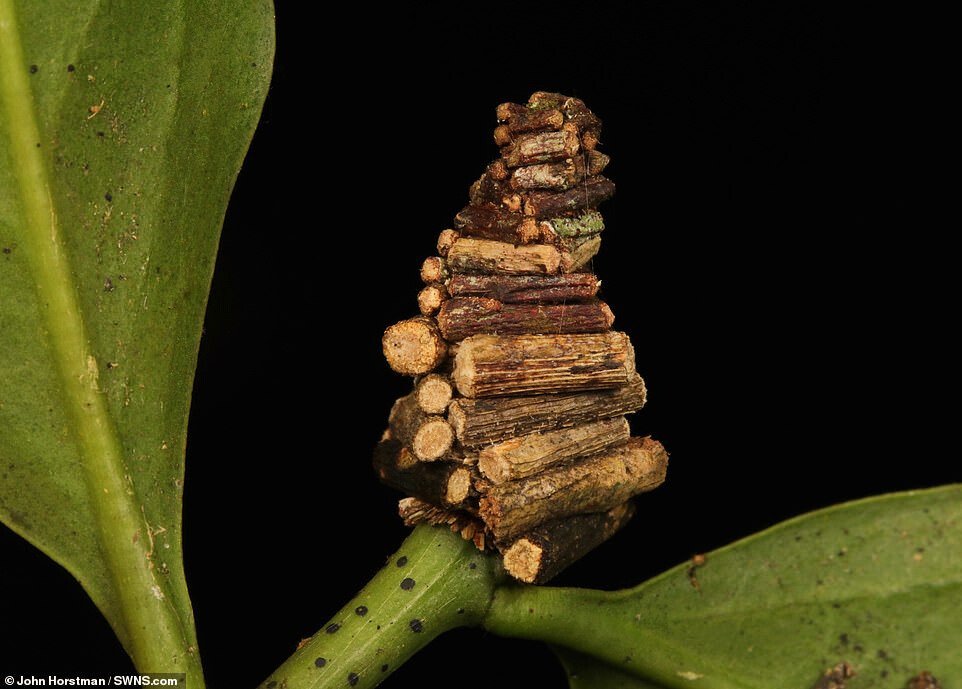
Article Source: Daily Mail


